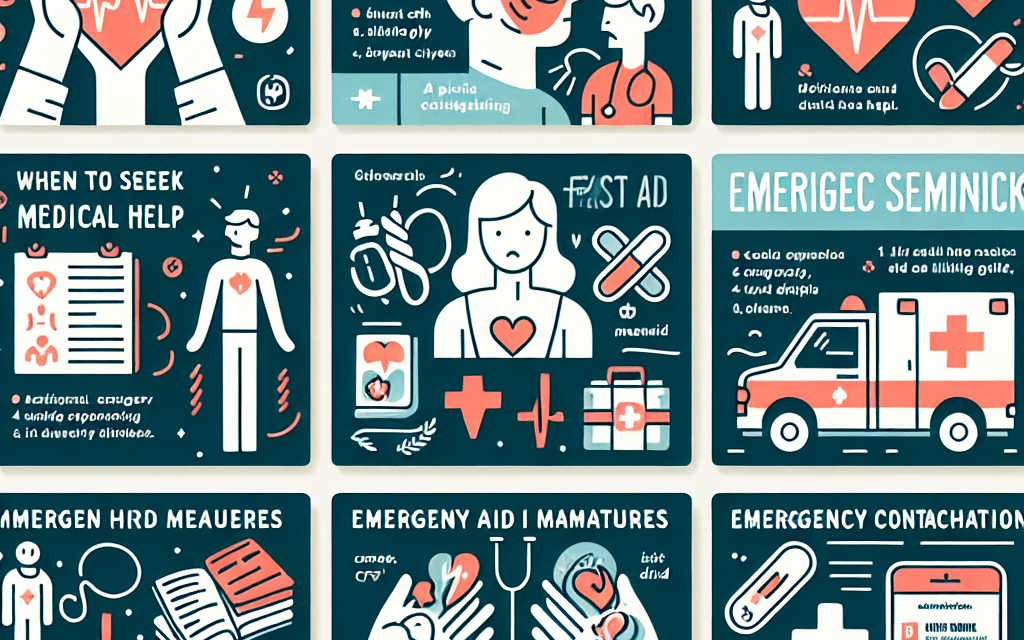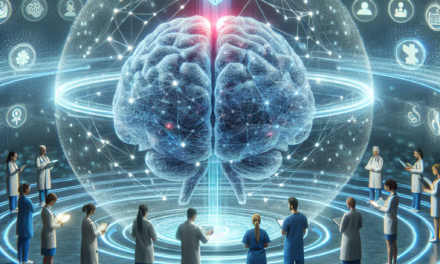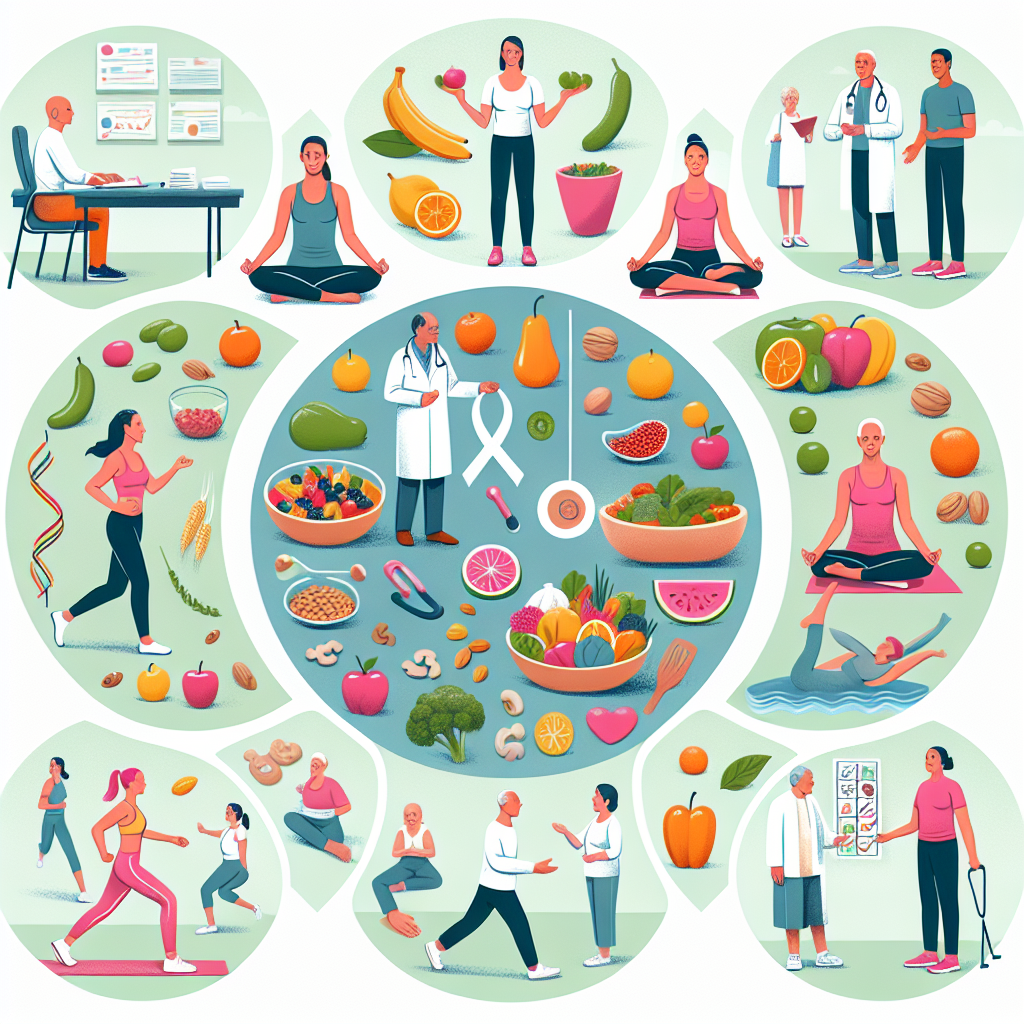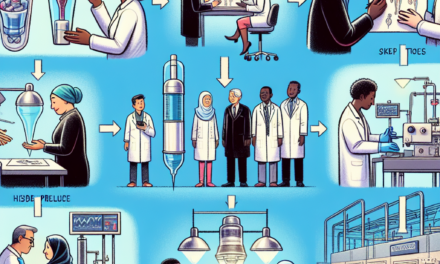Navigating Medical Emergencies: A Practical Decision-Making Guide
Medical emergencies can occur unexpectedly, and knowing how to respond effectively can mean the difference between life and death. This comprehensive guide aims to equip you with the knowledge and skills necessary to navigate medical emergencies confidently. We will explore five critical subtopics: understanding medical emergencies, assessing the situation, first aid basics, when to call for help, and post-emergency considerations. Each section will provide detailed insights, practical tips, and real-world examples to enhance your decision-making skills in high-pressure situations.
Understanding Medical Emergencies
Medical emergencies encompass a wide range of situations that require immediate medical attention. These can include traumatic injuries, sudden illnesses, and life-threatening conditions. Understanding the types of medical emergencies is crucial for effective response.
- Traumatic Injuries: These include fractures, lacerations, and head injuries. For instance, a car accident can result in multiple injuries that require quick assessment and intervention.
- Cardiac Emergencies: Conditions such as heart attacks and cardiac arrest fall under this category. Recognizing the symptoms, such as chest pain or shortness of breath, is vital for timely action.
- Respiratory Emergencies: Asthma attacks, choking, and severe allergic reactions can obstruct breathing. Understanding how to manage these situations can save lives.
- Neurological Emergencies: Strokes and seizures are examples of neurological emergencies. Quick identification of symptoms can lead to better outcomes.
- Environmental Emergencies: These include heatstroke, hypothermia, and poisoning. Awareness of environmental factors can help prevent these emergencies.
Statistics indicate that approximately 1 in 5 Americans will experience a medical emergency in their lifetime. The ability to recognize and respond to these emergencies is essential for everyone, not just healthcare professionals. For example, a study published in the Journal of Emergency Medicine found that bystanders who intervened during a cardiac arrest increased the survival rate by 30%. This highlights the importance of being prepared and knowledgeable about medical emergencies.
Assessing the Situation
When faced with a medical emergency, the first step is to assess the situation. This involves evaluating the environment, the victim’s condition, and potential hazards. A systematic approach can help you make informed decisions quickly.
- Ensure Safety: Before approaching the victim, ensure that the environment is safe. Look for potential dangers such as traffic, fire, or hazardous materials. If the scene is unsafe, do not put yourself at risk.
- Check Responsiveness: Gently tap the victim and shout to see if they respond. If they are unresponsive, call for help immediately.
- Assess Breathing: Look, listen, and feel for breathing. If the victim is not breathing or breathing abnormally, initiate CPR.
- Identify Injuries: Conduct a quick visual assessment for visible injuries such as bleeding, fractures, or deformities. This will help prioritize your actions.
- Gather Information: If the victim is conscious, ask about their medical history, allergies, and the events leading up to the emergency. This information can be crucial for emergency responders.
For example, in a case study involving a workplace accident, a construction worker fell from a height and was unresponsive. The bystanders quickly assessed the scene for safety, called emergency services, and began CPR. Their prompt actions led to the worker’s successful resuscitation and recovery. This illustrates the importance of a thorough assessment in emergency situations.
First Aid Basics
First aid is the immediate care provided to a person experiencing a medical emergency. Knowing basic first aid techniques can empower you to act decisively and effectively. Here are some essential first aid skills everyone should learn:
- CPR (Cardiopulmonary Resuscitation): CPR is a lifesaving technique used in emergencies when someone’s heartbeat or breathing has stopped. The American Heart Association recommends the following steps:
- Call 911 or ask someone else to call for help.
- Place the heel of one hand on the center of the victim’s chest and the other hand on top.
- Push hard and fast at a rate of 100-120 compressions per minute.
- After every 30 compressions, give 2 rescue breaths if trained to do so.
- Wound Care: For bleeding wounds, apply direct pressure with a clean cloth or bandage. If the bleeding does not stop, add more layers without removing the original cloth.
- Choking Relief: For adults, perform the Heimlich maneuver by standing behind the person, placing your arms around their waist, and delivering quick upward thrusts. For infants, use back blows and chest thrusts.
- Burn Treatment: Cool the burn under running water for at least 10 minutes. Cover it with a sterile, non-stick bandage and seek medical attention for severe burns.
- Recognizing Stroke Symptoms: Use the FAST acronym: Face drooping, Arm weakness, Speech difficulties, and Time to call emergency services.
Training in first aid can significantly enhance your ability to respond effectively. Organizations like the Red Cross and local hospitals offer courses that teach these essential skills. For instance, a study by the National Safety Council found that individuals trained in first aid were more likely to intervene during emergencies, leading to better outcomes for victims.
When to Call for Help
Knowing when to call for professional medical help is crucial in emergency situations. While some incidents can be managed with first aid, others require immediate intervention from healthcare professionals. Here are guidelines to help you determine when to call for help:
- Unresponsiveness: If the person is unresponsive or cannot be awakened, call for emergency services immediately.
- Severe Bleeding: If the bleeding does not stop after applying pressure for 10 minutes, or if the wound is deep, seek professional help.
- Chest Pain: Any signs of chest pain, especially if accompanied by shortness of breath, sweating, or nausea, warrant an emergency call.
- Difficulty Breathing: If someone is struggling to breathe or showing signs of respiratory distress, call for help right away.
- Signs of Stroke: If you observe any stroke symptoms (using the FAST acronym), call emergency services immediately.
In a notable case, a bystander witnessed a man collapse on the street. The bystander assessed the situation, found the man unresponsive, and immediately called 911. Paramedics arrived within minutes and were able to revive the man, who later credited his survival to the quick actions of the bystander. This example underscores the importance of recognizing critical situations that require professional assistance.
Post-Emergency Considerations
After a medical emergency has been addressed, there are several important considerations to keep in mind. These steps can help ensure the well-being of the victim and prepare you for future emergencies.
- Follow-Up Care: Encourage the victim to seek follow-up care with a healthcare provider. This is especially important for serious injuries or conditions that may require ongoing treatment.
- Document the Incident: Keep a record of what happened, including the time, location, and actions taken. This information can be valuable for medical professionals and legal purposes.
- Emotional Support: Medical emergencies can be traumatic for both the victim and witnesses. Offering emotional support and encouraging the victim to talk about their experience can aid in recovery.
- Review Your Response: Reflect on your actions during the emergency. Consider what went well and what could be improved for future situations. This self-assessment can enhance your preparedness.
- Stay Informed: Continue to educate yourself about first aid and emergency response. Regular training can keep your skills sharp and increase your confidence in handling emergencies.
In a case study involving a severe allergic reaction, the victim was treated with an epinephrine auto-injector by a bystander. After the emergency, the victim followed up with an allergist and received further education on managing their allergies. This proactive approach not only ensured their safety but also empowered them to handle future incidents effectively.
Conclusion
Navigating medical emergencies requires a combination of knowledge, skills, and quick decision-making. By understanding the types of emergencies, assessing situations effectively, mastering first aid basics, knowing when to call for help, and considering post-emergency actions, you can significantly improve your ability to respond in critical situations. Remember that preparation is key; taking the time to learn and practice these skills can make a life-saving difference when it matters most. Stay informed, stay trained, and be ready to act when emergencies arise.





